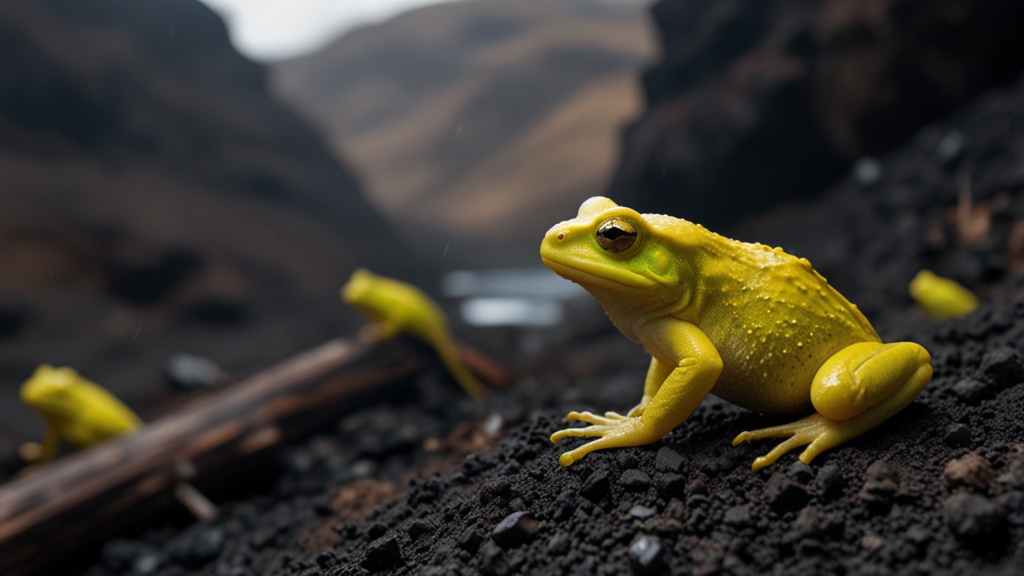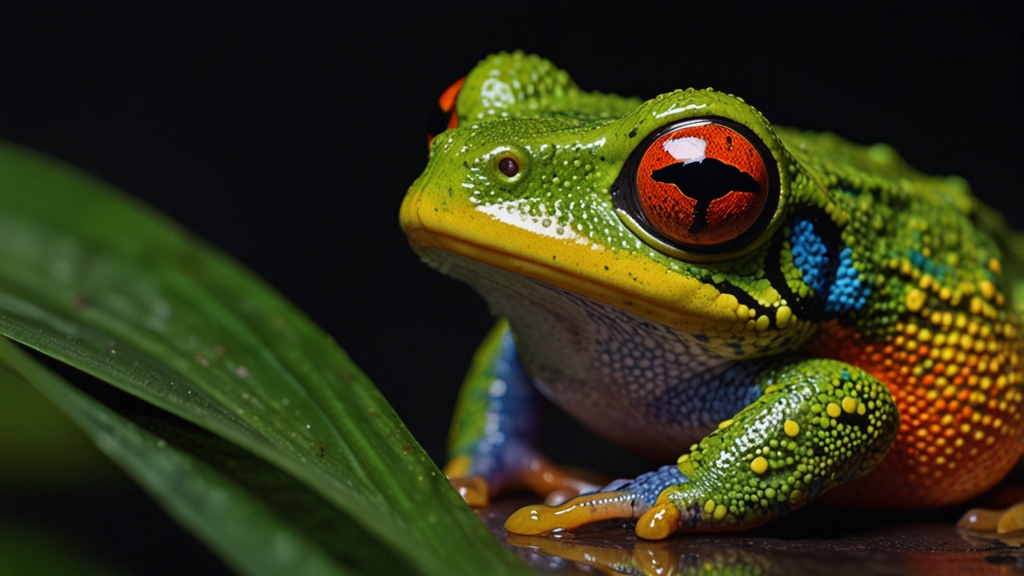Amphibians: The Canaries in the Coal Mine of Climate Change
Amphibians, including frogs, toads, salamanders, and newts, have long been considered bioindicators, species that can provide early warning signals about environmental changes. Their sensitivity to changes in their surroundings makes them crucial in understanding the impacts of climate change. Just like canaries were once used in coal mines to detect toxic gases, amphibians are now acting as the 'canaries' in our global environmental 'coal mine'.
The Vulnerability of Amphibians
Amphibians are often referred to as "living thermometers" because their permeable skin makes them highly sensitive to environmental fluctuations, especially changes in temperature and moisture. They rely on moist environments for various stages of their life cycle, including reproduction. As climates become more erratic, the habitats that amphibians depend on are increasingly at risk.
"Amphibians lay their eggs in water, where both larval and adult stages may live. The permeability of their skin allows them to absorb water and gases directly from their environment, making them incredibly sensitive to environmental factors such as temperature, humidity, and pollutants."
Impact of Climate Change
Climate change manifests through various stressors including increased temperatures, altered precipitation patterns, and the frequency of extreme weather events. These changes have multiple adverse effects on amphibian populations:
- Temperature Sensitivity: Rising temperatures can disrupt amphibian metabolic processes. Many species have a narrow temperature range for optimal functioning, and even small deviations can be fatal.
- Hydration and Desiccation: Changing rainfall patterns can result in prolonged dry spells, which can desiccate both amphibians and their habitats.
- Phenological Shifts: Climate change can alter the timing of breeding and migration, leading to mismatches with food availability and habitat conditions.
- Spread of Diseases: Warmer temperatures can facilitate the spread of pathogens, such as the chytrid fungus, which has already decimated amphibian populations worldwide.
Conservation Efforts and Challenges
Various conservation measures are being undertaken to mitigate the impact of climate change on amphibians. These include habitat restoration, captive breeding programs, and disease management strategies. However, the effectiveness of such efforts is often hampered by the global scale of the problem and the rapid pace at which climate change is progressing.
"Conservation efforts must be adaptive and integrative, taking into account not just climate change, but also other environmental stressors such as pollution, habitat destruction, and invasive species."
The Importance of Public Awareness
Raising public awareness about the plight of amphibians is crucial for conservation. Amphibians not only play a vital role in ecosystems as both predators and prey, but their decline can also indicate broader environmental issues that could eventually affect humans.
Educational programs, citizen science initiatives, and policy advocacy are key tools in promoting the conservation of amphibians and the habitats they depend on. Through collaborative efforts, it is possible to create a more resilient future for these sensitive indicators of our planet's health.
Conclusion
Amphibians are more than just creatures of swamps and rainforests; they are vital sentinels of environmental change. As we continue to grapple with the consequences of climate change, paying attention to the health of amphibian populations can offer invaluable insights. They are indeed the canaries in the coal mine, signaling the need for immediate and concerted action to protect our environment for future generations.









